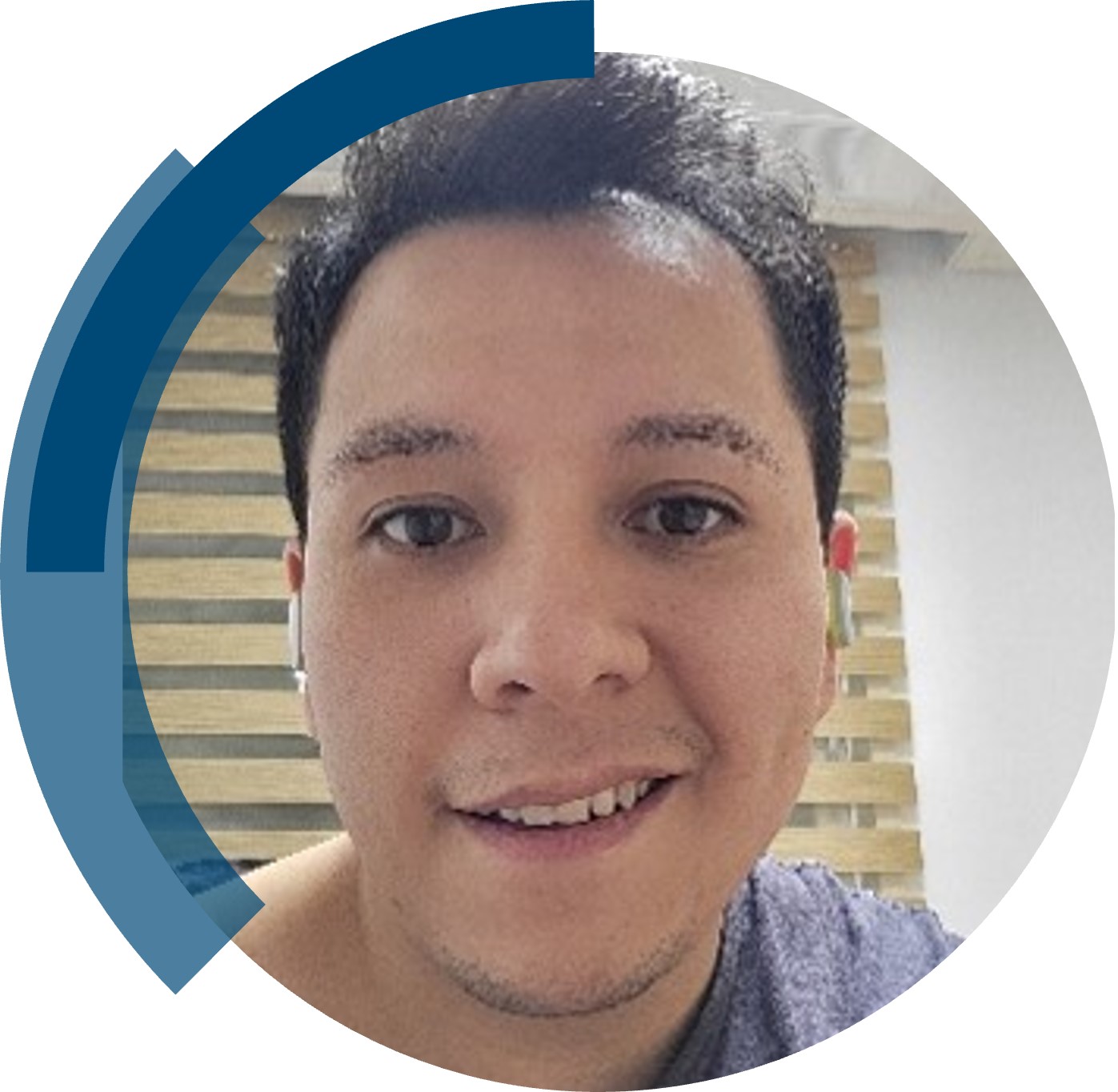We are excited to share the success of Ricardo Peralta’s first-time independent article in ChemComm; “Gas-phase organometallic catalysis in MFM-300(Sc) provided by switchable dynamic metal sites” included in the full milestones collection.
Read our interview with Ricardo below.
What are the main areas of research in your lab and what motivated you to take this direction?
My research primarily aims to rationalize and develop applications for dynamic metal-ligand bonding phenomena in MOFs. I am motivated to explore these processes because I believe that to fully exploit the intrinsic characteristics of MOFs such as porosity, modular synthesis and crystallinity, the role of dynamic metal processes in fields such as catalysis must be elucidated. MOFs featuring dynamic metal-linker bonds are a promising route towards the synthesis of active and stable catalysts that do not require harsh activation conditions. The production of catalytically active MOFs often requires challenging synthesis and I believe that we have only touched the tip of the iceberg with the current research. The immense possibilities within MOF synthesis and it’s wider applications still fascinates and motivates me to pursue them.
Can you set this article in a wider context?
Using MOFs in heterogenous catalysis is advantageous due to the well-defined crystalline framework, which facilitates rapid diffusion of small molecules, high catalytic selectivity and can act as a matrix for the isolation of reactive complexes and intermediates. Recyclability of heterogeneous catalysts provides a facile route to catalyst recovery. Due to high porosity and surface areas, gas phase catalysis is an area in which MOFs are particularly promising but which remains underexplored. Often MOFs featuring open metal sites are used for catalysis; however, such materials typically require harsh activation conditions and are not stable to some catalysis conditions. The route towards gas phase catalysts proposed in this work relies on hemilability to generate temporary open metal sites in-situ without requiring harsh activation conditions.
What do you hope your lab can achieve in the coming year?
I hope that my lab can further establish the role of dynamic metal-ligand phenomena in MOFs and demonstrate the capacity of MOFs featuring hemilability in important applications.
Describe your journey to becoming an independent researcher.
My pathway to becoming an independent researcher has been challenging but entirely rewarding. Undertaking my PhD studies and postdoctoral work in Australia and Korea challenged me to develop my English communication skills and provided opportunities to learn about advanced characterization techniques in turn broadening my chemistry knowledge. I have been guided by mentors who are experts in the area and friends who have supported me through my journey. I feel incredibly lucky and proud to have an opportunity to pursue my dream as an independent researcher and continue my learning path.
What is the best piece of advice you have ever been give?
Perseverance is the key to great outcomes.
Why did you choose to publish in ChemComm?
Chemical Communications is a highly regarded journal in the chemical sciences and an excellent route to communicate new ideas and research. It has excellent readership which open up avenues to for exchange of new ideas. I have read multiple articles from journal throughout my career and it is an honor to have my first paper as an independent researcher published in ChemComm!
Explore more ChemComm Milestones news and updates on our Twitter: @ChemCommun












